Steel buildings offer numerous advantages over traditional wood structures, making them a preferred choice for various construction projects. Here are several key reasons why steel buildings are considered superior to wood structures:
Durability and Longevity: Steel is an incredibly durable material that can withstand harsh weather conditions, including high winds, heavy snow loads, and seismic activities. Unlike wood, steel is not prone to rotting, warping, or termites, ensuring a longer lifespan and reduced maintenance requirements. Steel buildings are designed to be structurally robust and can last for decades, providing a reliable and secure space for various applications.
Strength and Structural Integrity: Steel is significantly stronger than wood, offering superior load-bearing capacity. This strength allows for wider clear spans, meaning larger interior spaces without the need for support columns. The inherent structural integrity of steel buildings enables the construction of multi-story structures and provides flexibility in design, layout, and future expansion.
Fire Resistance: Steel is non-combustible, making it highly resistant to fire. In contrast, wood is a combustible material that can fuel and spread fires rapidly. Steel buildings offer enhanced fire protection, minimizing the risk of structural damage and improving occupant safety. This fire resistance can result in lower insurance premiums for steel structures.
Sustainability and Environmental Benefits: Steel is a highly sustainable material that can be recycled repeatedly without losing its strength or quality. Using steel in construction reduces the demand for timber and helps conserve forests. Additionally, steel buildings can be designed to be energy-efficient, incorporating insulation systems, cool roofing materials, and natural lighting solutions, thereby reducing energy consumption and operating costs.
Faster Construction Time: Steel buildings are typically pre-engineered and fabricated off-site, which significantly reduces construction time. The precise manufacturing process ensures that components fit together seamlessly, facilitating faster assembly and minimizing on-site labor requirements. This accelerated construction timeline allows for quicker occupancy and faster project completion compared to wood structures.
Design Flexibility and Customization: Steel buildings offer great design flexibility, allowing for versatile and customizable solutions. Whether you need a commercial space, warehouse, agricultural building, or recreational facility, steel structures can be tailored to meet your specific requirements. With an array of design options, including exterior finishes, interior layouts, and accessory features, steel buildings can be customized to align with your functional and aesthetic preferences.
Cost-Effectiveness: While the upfront cost of steel buildings may be higher than wood structures, they offer long-term cost savings. Steel’s durability and low maintenance requirements translate into reduced repair and replacement costs over the building’s lifespan. Additionally, steel buildings are less susceptible to damage from pests, moisture, and natural disasters, further minimizing potential repair expenses.
In conclusion, steel buildings outperform wood structures in terms of durability, strength, fire resistance, sustainability, construction speed, design flexibility, and cost-effectiveness. Whether for commercial, industrial, agricultural, or recreational purposes, steel buildings provide a reliable, efficient, and sustainable solution that stands the test of time.

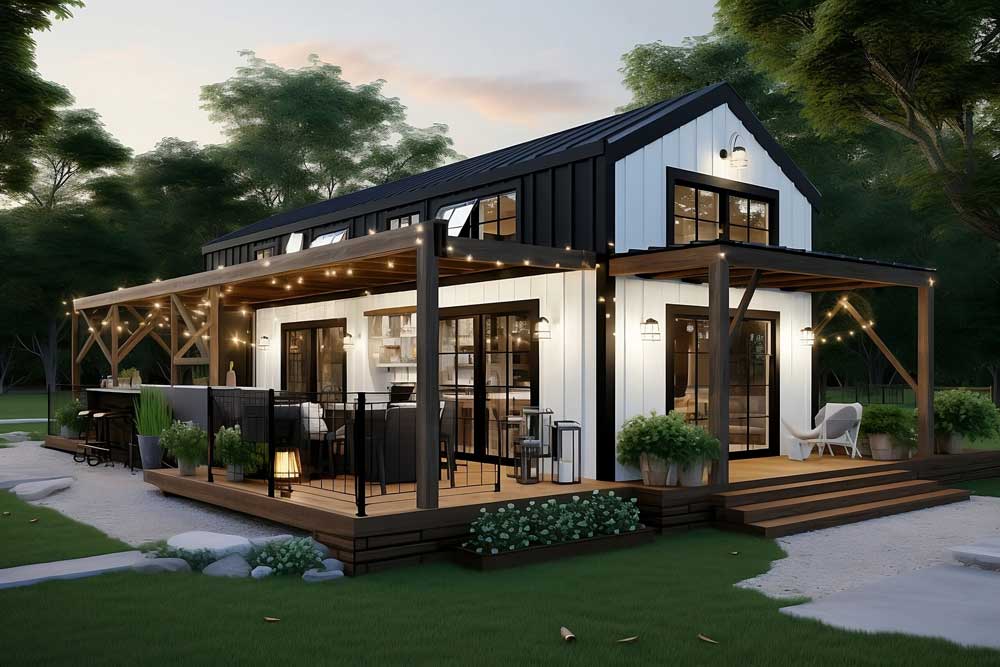
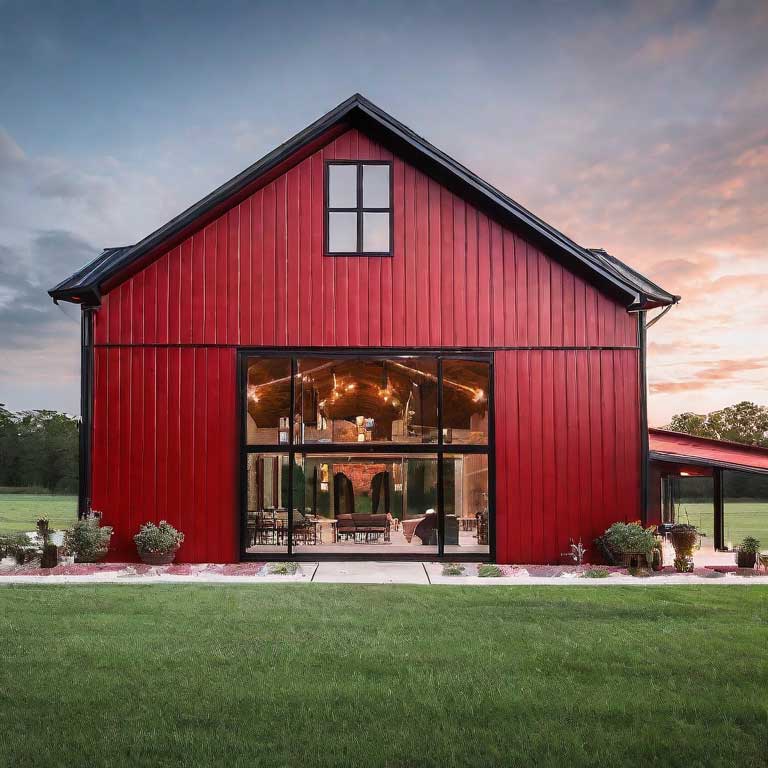
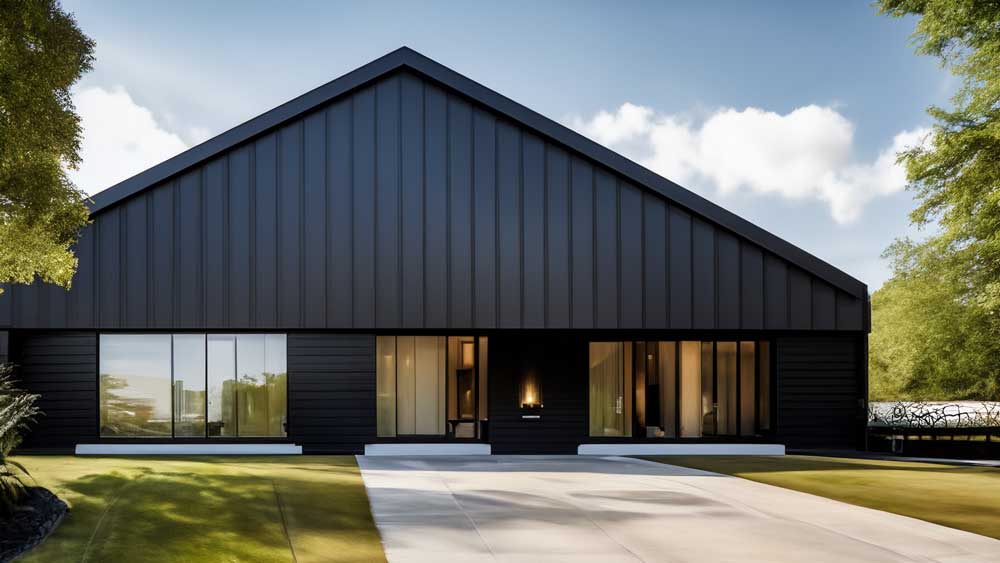
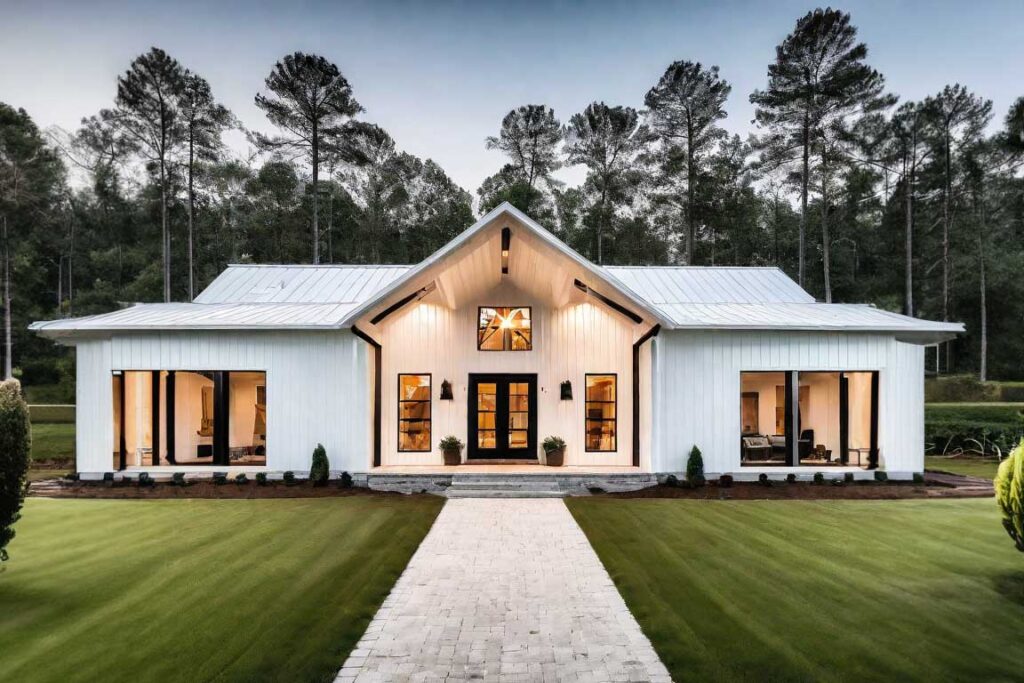
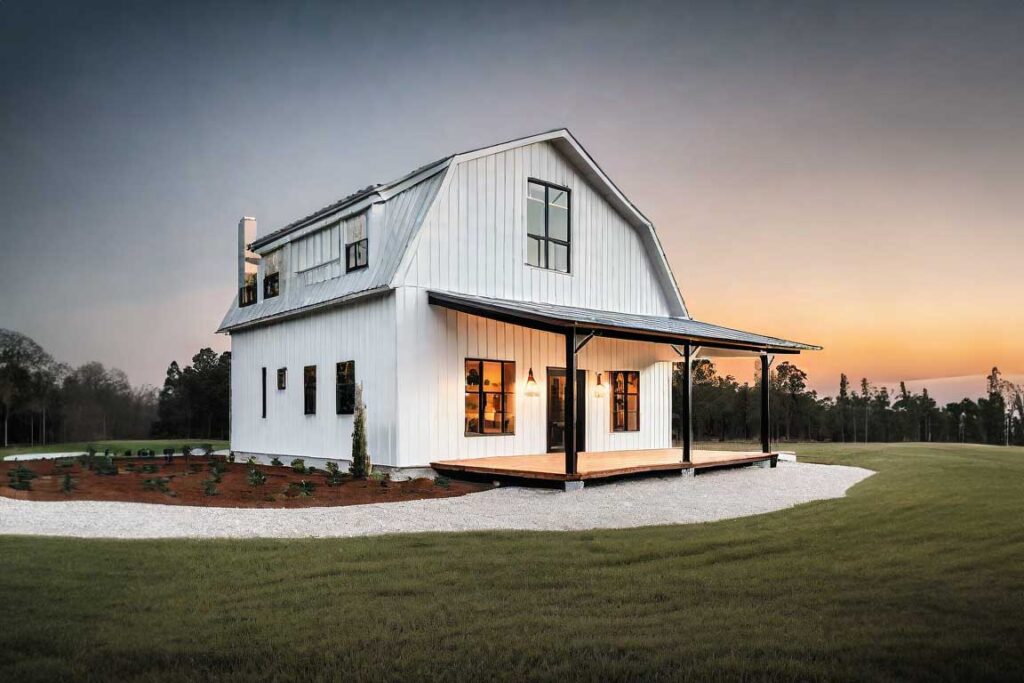
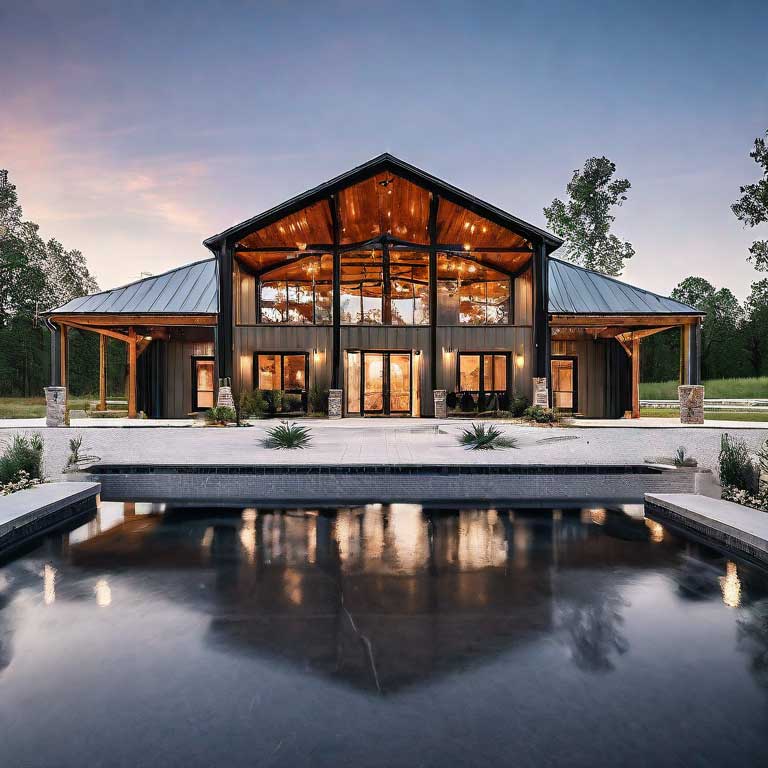
barndominium guide metal building pole barns steel barndominium steel building steel pole barns tube steel tube steel buildings